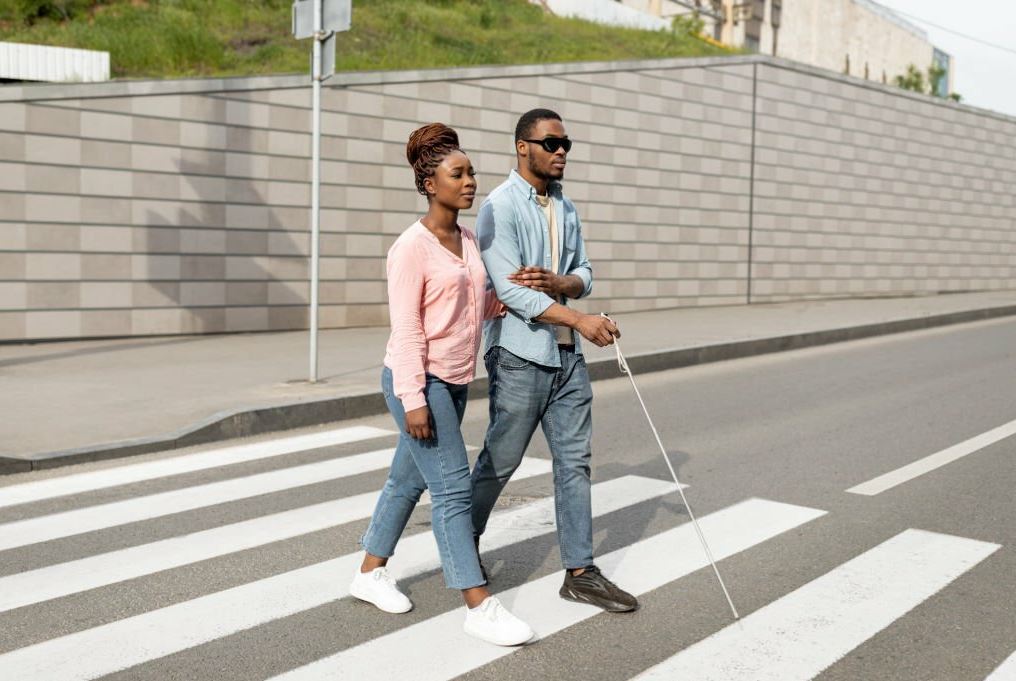Visual impairment encompasses a range of conditions, including cases where even the strongest corrective lenses offer limited clarity. It is important for everyone, regardless of their eyesight, to familiarize themselves with this spectrum. Personally, you may not be visually impaired but having some basic knowledge about this topic will enable you to help someone who is visually impaired

Causes of Visual Impairment or blindness:
There are several aetiology of this condition including genetic disorders, birth defects, ageing and some medical conditions.
Diverse Forms of Visual Impairment:
Visual impairment manifests differently for each individual, largely due to the diverse underlying causes. Glaucoma primarily impacts peripheral vision and gradually extends to the central vision, while macular degeneration affects central vision directly. Other challenges may involve visual distortion, perception difficulties, double vision (diplopia), and light sensitivity (photophobia).
Deciphering “Low Vision” and “Legally Blind”:
When vision can only be corrected to 20/80 (indicating one can see at 20 feet what most see at 80) it falls under the category of “low vision.” Legal blindness sets in when glasses or contact lenses can only achieve a visual acuity of 20/200.
Diversity in Blindness:
Blindness is not a uniform experience. Some individuals are born without sight, while others lose it after years of seeing. The onset of blindness can be sudden or gradual. It might involve distinguishing between mere light and darkness, or it could be an absolute absence of visual stimuli. While certain forms of blindness are apparent to others, others leave no visible trace on the eyes externally.
Providing Assistance with Respect:

Respect and dignity should guide interactions with visually impaired individuals. Rather than drawing undue attention to their disability, begin with a courteous greeting and introduction before offering assistance. If they decline, respect their choice. If accepted, remember these guidelines:
- Before aiding mobility, ask where you should position yourself and match their walking pace.
- Describe any upcoming obstacles or changes in terrain.
- When in a visually impaired person’s home, place objects where they direct you to facilitate easy retrieval.
- Guide dogs are performing crucial tasks, so avoid petting or distracting them from their duties.
- Understand that visual impairment doesn’t limit a person’s capacity for a fulfilling life. Approach with a helpful attitude rather than one of pity.
Preserving Your Eye Health:
While advances in medical research and technology offer hope for treating or reversing various forms of visual impairment, it’s crucial not to neglect your vision health. Regular eye examinations, healthy habits (such as avoiding smoking), and safety precautions such as wearing protective gear like goggles and UV-filtering sunglasses are essential. Always extend kindness and assistance to those with visual impairments, as it fosters a more inclusive and supportive community.




